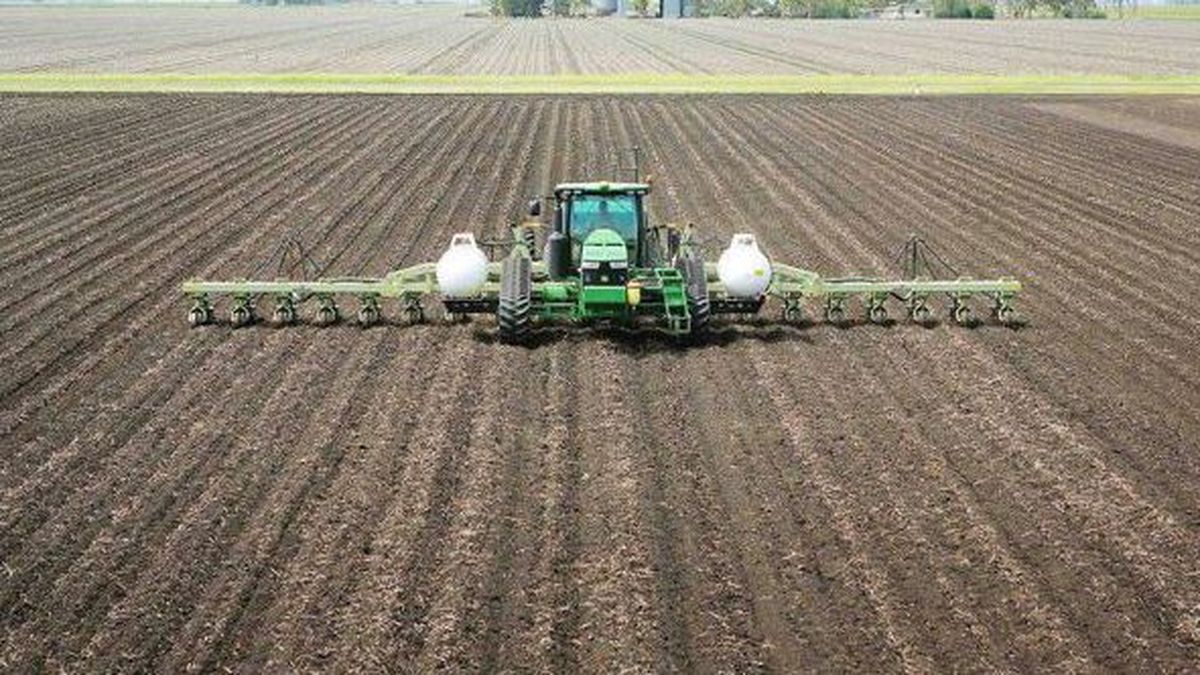Another key point is that the regular/drought water condition of the total planted registered a slight week-on-week decrease of 1.1 percentage points, thanks to some rainfall that occurred in some localities in the center/north of the agricultural area. Meanwhile, the fair/poor crop condition increased by 2.4 points from the previous report, reflecting the low temperatures recorded in the southern areas of Buenos Aires, where the emergence of early plantings is delayed.
So far, the projection of wheat sowing remains at around 6.3 million hectares and the final production of the cereal would yield around 19 million tons. The truth is that the weather forecasts for the coming days are not entirely encouraging, so planting intentions and crop productivity could be reduced.
Projections indicate that the current wheat and barley campaign could contribute a little more than US$6 billion to the local economy, a key amount that would arrive precisely next summer when the Government will need fresh dollars. to face various commitments and when it is expected that the soybean harvest will be practically liquidated.
If wheat production were reduced, not only would they stop earning foreign exchange, but the balance would also be reduced. exportable since Argentina needs between 6 and 7 million tons to supply the domestic market. That is why the Government closely follows the development of the agricultural campaign to establish the balance volumes so as not to harm the domestic market.
In parallel, continuing with the agricultural campaign, during the last fifteen days the national progress in barley sowing covered 46.7% of the 1.3 million hectares projecteds reporting an interannual delay of -14.3 points due to the lack of surface moisture.
Finally, the harvest of corn destined for commercial grain maintains the good rhythm registered in previous weeks. As the moisture level of the grains decreases, the harvest is concentrated on late and second-occupation lots. After revealing a week-on-week advance in harvesting of 4.2 percentage points, 46.5% of the suitable area throughout the country has already been harvested. To date, the national average yield is 70.2 quintals. Against this background, the Cereal Exchange maintains an estimated production of 49 million tons.
Source: Ambito
David William is a talented author who has made a name for himself in the world of writing. He is a professional author who writes on a wide range of topics, from general interest to opinion news. David is currently working as a writer at 24 hours worlds where he brings his unique perspective and in-depth research to his articles, making them both informative and engaging.




